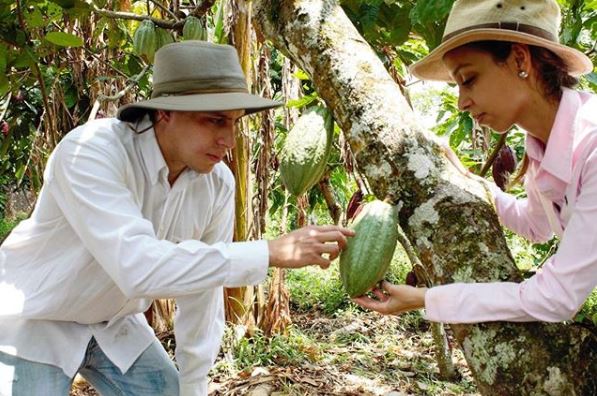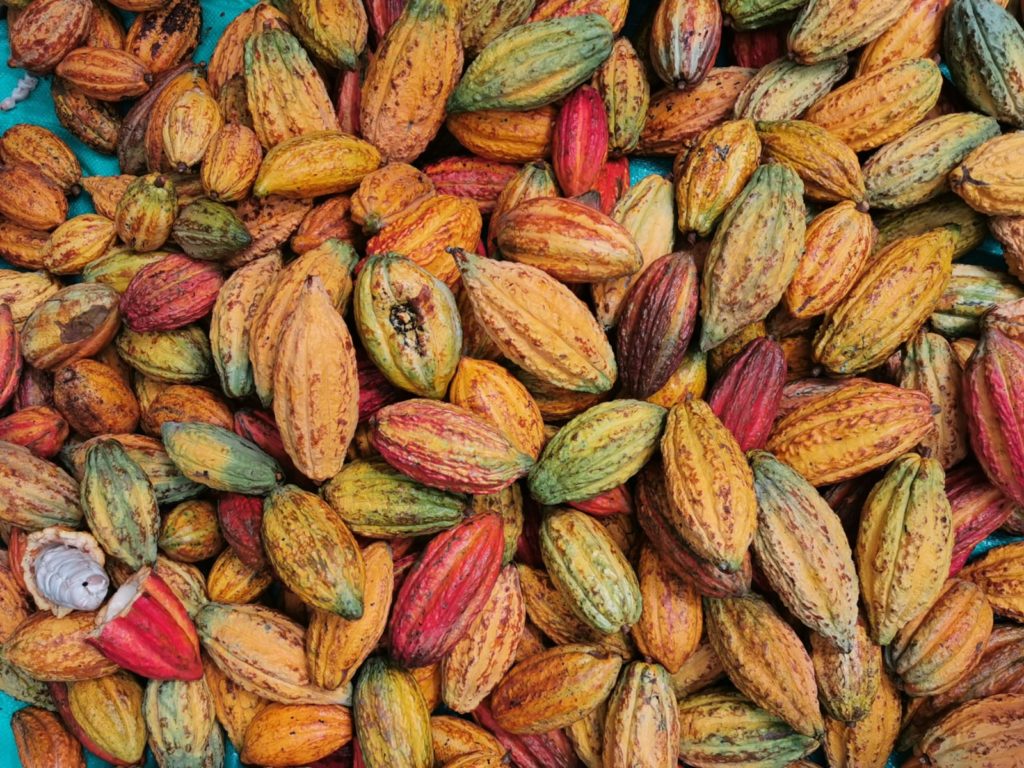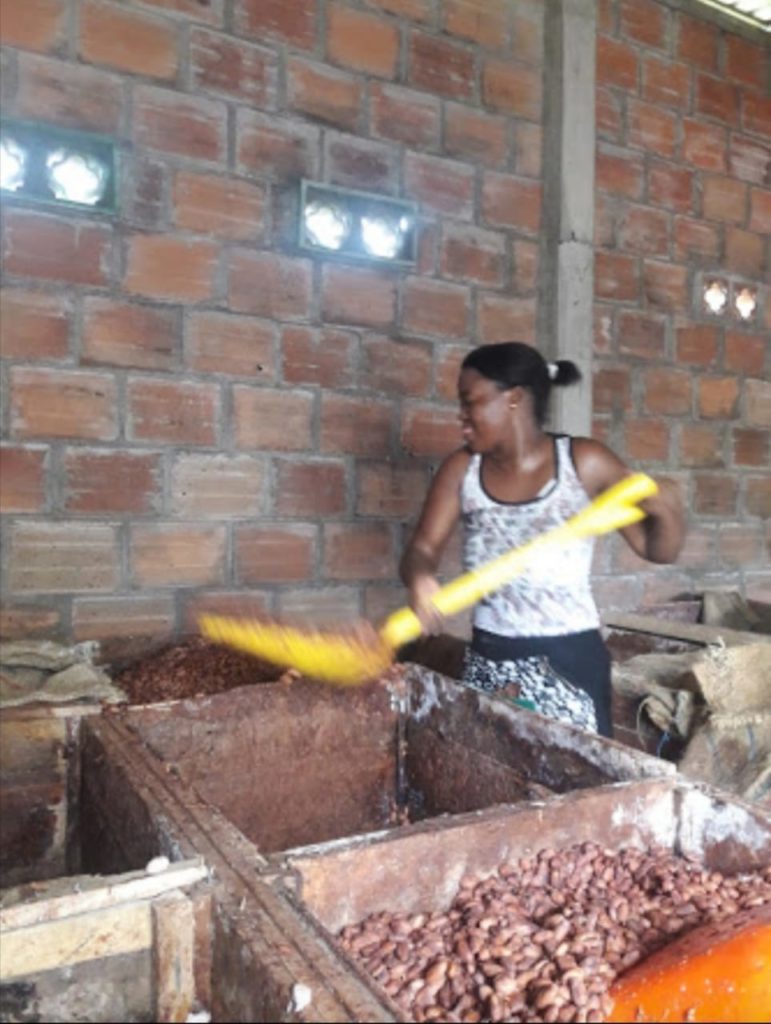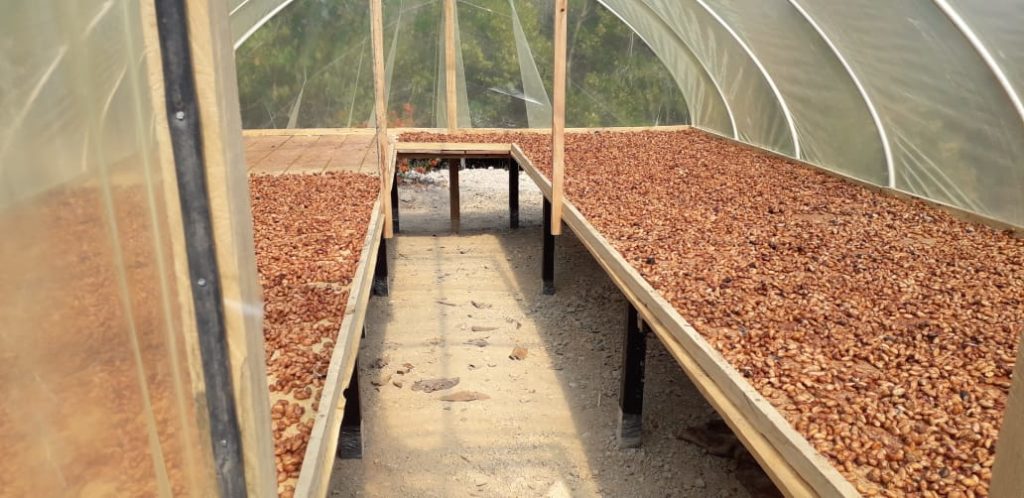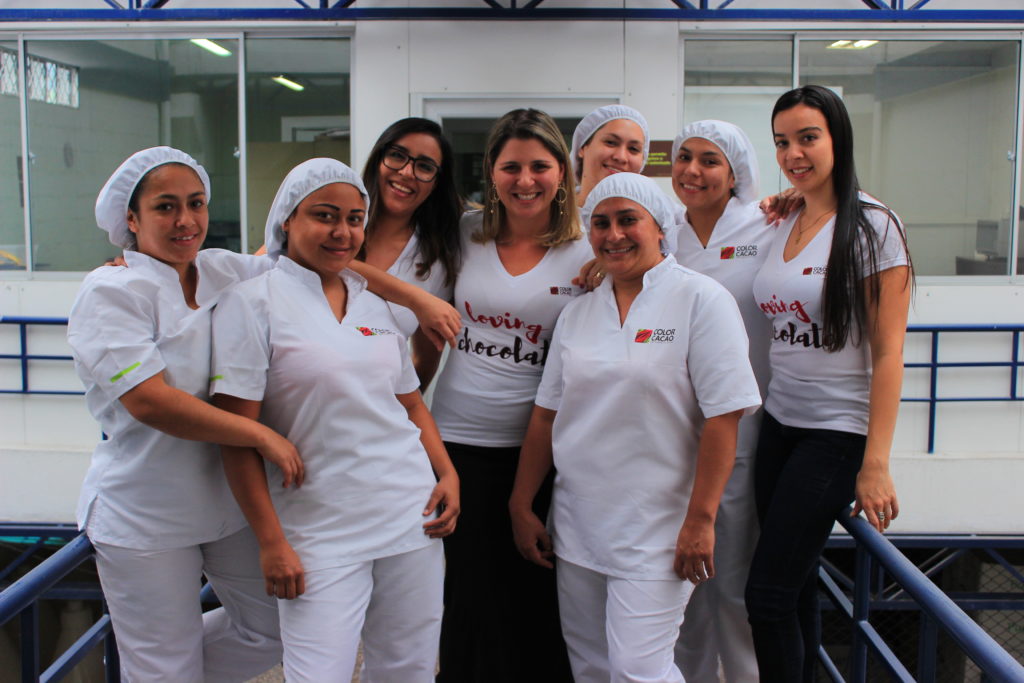At a Glance
Population: 49 million
Capital: Bogotá
Rural Population: 18.6%
Median Age: 31 years
Cocoa Production: 52,000 tons/year
Production Ranking: 10th

History of Cacao
The history of cacao in Colombia must be divided into two, the botanical history and trade history. Recent studies suggest that genetically cacao is from the tropical rain forest. It is believed that the cacao first spread thought the Amazon basin, near the current border between southern Colombia and northern Ecuador and that its domestication occurred in Central America approximately 3,600 years ago.
This generated the emergence of the species Forasteros or what we called Amazonian Cacao. The variety called Criollos began in the Sierra Nevada de Santa Marta, the Serranía del Perijá and Guajira region near Venezuela, then it spread out to Central America. Based on that we can conclude that cacao is also from Colombia.
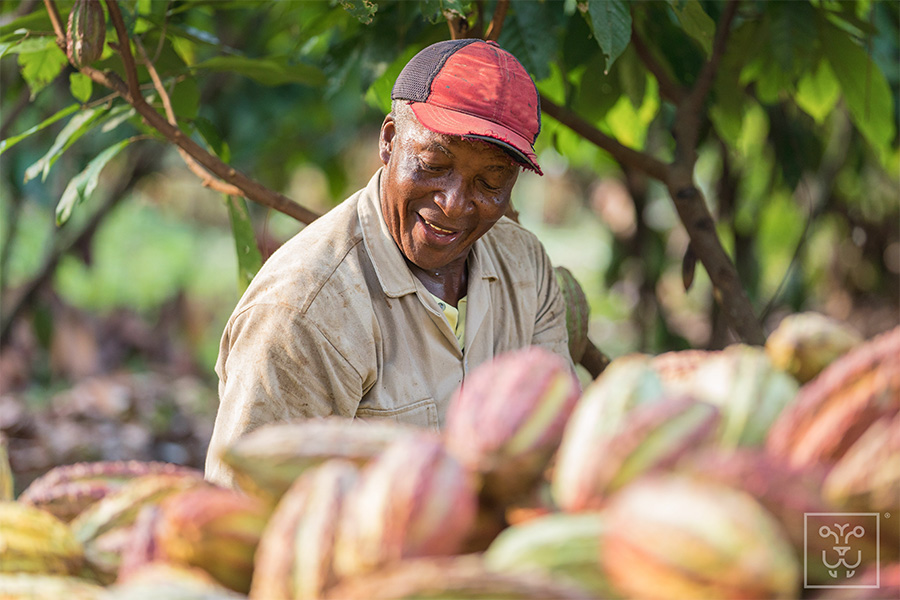
Cacao has been grown in Colombia on a commercial scale since the time of the colony and constituted an export article until almost the quarter of the twentieth century, there are data indicating that by 1580 Colombia already exported cocoa to Europe, from Cúcuta. According to the chronicles, this cacao was considered top quality, with red fruits and bitter taste, but soft and aromatic, called “criollo” or “caucano.” In Colombia, commercial cocoa crops are composed mostly of Trinitarian-like materials. This type of cocoa has been classified as fine for the chocolate industry and is described as fruity, with floral attributes and pleasant side flavors such as molasses, caramel and raisins.
Between 1,960 and 2,000, hybrid seed crops were established, with the aim of improving productivity and promoting material with greater resistance to disease. In the 1960s, genetic improvement began in Colombia, which through the Colombian Agricultural Institute strengthened the germplasm bank in Palmira (Valle) by importing material from Ecuador, Trinidad, Costa Rica and Peru, to begin the development of hybrid seed.
Starting in 2000, Colombia began the vegetative propagation stage by promoting commercial plantations with clones of introduced and regional materials.
International Awards
The International Cocoa Organization (ICCO) ratified in 2019, 95% of Colombia’s cacao for export as fine and aroma, attributes granted to only 5% of cocoa beans exported worldwide.
Colombian cacao has received recognition at important international events such as the “International Chocolate Awards.” Some awards include the following:
- Dark chocolate redness whole fruit
- Gold: Cacao Hunters (Colombia) – Tumaco Milk 53%
- Micro-batch–Plain/origin dark chocolate bars
- Gold: Chocolate Maker: Cacao Hunters (Colombia) – Sierra Nevada 64%
- Gold: Directly Traded: Cacao Hunters (Colombia) – Sierra Nevada 64%
- Gold: Growing Country: Cacao Hunters (Colombia) – Sierra Nevada 64%
Also, Colombian cacao has been awarded four times at the International Cacao Awards, being recognized as “Cacao of excellence” in 2010, 2011, 2015 and 2019.
Cocoa Flavor Attributes
Colombia has a strategic geographical position, where agro-ecological characteristics and genetic diversity, favors the development of a wide spectrum of sensory profiles, ranging from strong cocoa, to subtle types of soft, fruity and floral notes, highlighting notes of nuts and sweets, which round out the profiles of the flavor.
In the country the crops develop in heights ranging from 0 to 1,200 meters above sea level, covering an area of 176,000 hectares in 30 departments, covering different regions, each of which highlights different sensory profiles:
- Santander: high note of cacao and chocolate, slightly bitter and acidic, citrus fruity medium notes, medium nut & balanced
- Antioquia: medium cacao notes, medium notes of citrus fruits, notes of walnut and wood
- Arauca: cacao and nut-flavored profile, sweet notes
- Huila: cacao, nuts, dried and sweet fruits
- Tolima: medium cacao notes, sweet notes of fresh fruits and nuts
- Tumaco: strong flavor of cacao, walnut, fresh fruits and sweet notes
- Magdalena: cocoa notes, high in fresh fruit, dried fruit, sweet and balanced
- Cordoba: notes of cocoa, sweet, red fruits, spices and wood
- Meta: cacao, herbal notes, wood, dried fruit and walnut
Farming Systems
Currently the cultivation of cacao in Colombia is an activity of small farm holders approx. less than 5 Ha. The production of cocoa in Colombia is developed by 52,000 families of small and medium-sized producers, established in 176,000 hectares over 30 departments. The labor force is mainly a family activity, cacao production generates on average 62,000 direct and 93,000 indirect jobs in the country.
The average production of the country ranges from 387 kg/ha.
Most crops are planted under agroforestry systems, in combination with coffee, banana, fruit and timber species that allow the producer to diversify their income. The planting densities are between 1,000 and 1,100 trees per hectare, although in some regions the density is much lower.
Harvesting & Marketing
Colombia’s production is concentrated in two harvesting peaks. The first occurs between the months of November and January. This peak is mainly for domestic consumption such as for the export of grain and derivatives. For 2019 Colombia produced 59,740 tons of Cacao, with Santander as the department with the highest production 42.1%. Total cocoa exports were 9,116 tons, mainly to Mexico 54%. Imports of cacao beans was approximately 402 tons. The average price 2019 was COL $7,010/kg (approximately 2 USD/kg).
In Colombia, domestic consumption is mainly for chocolate de mesa (hot chocolate) and artisanal confectionery.
Thanks to Our Page Sponsor



